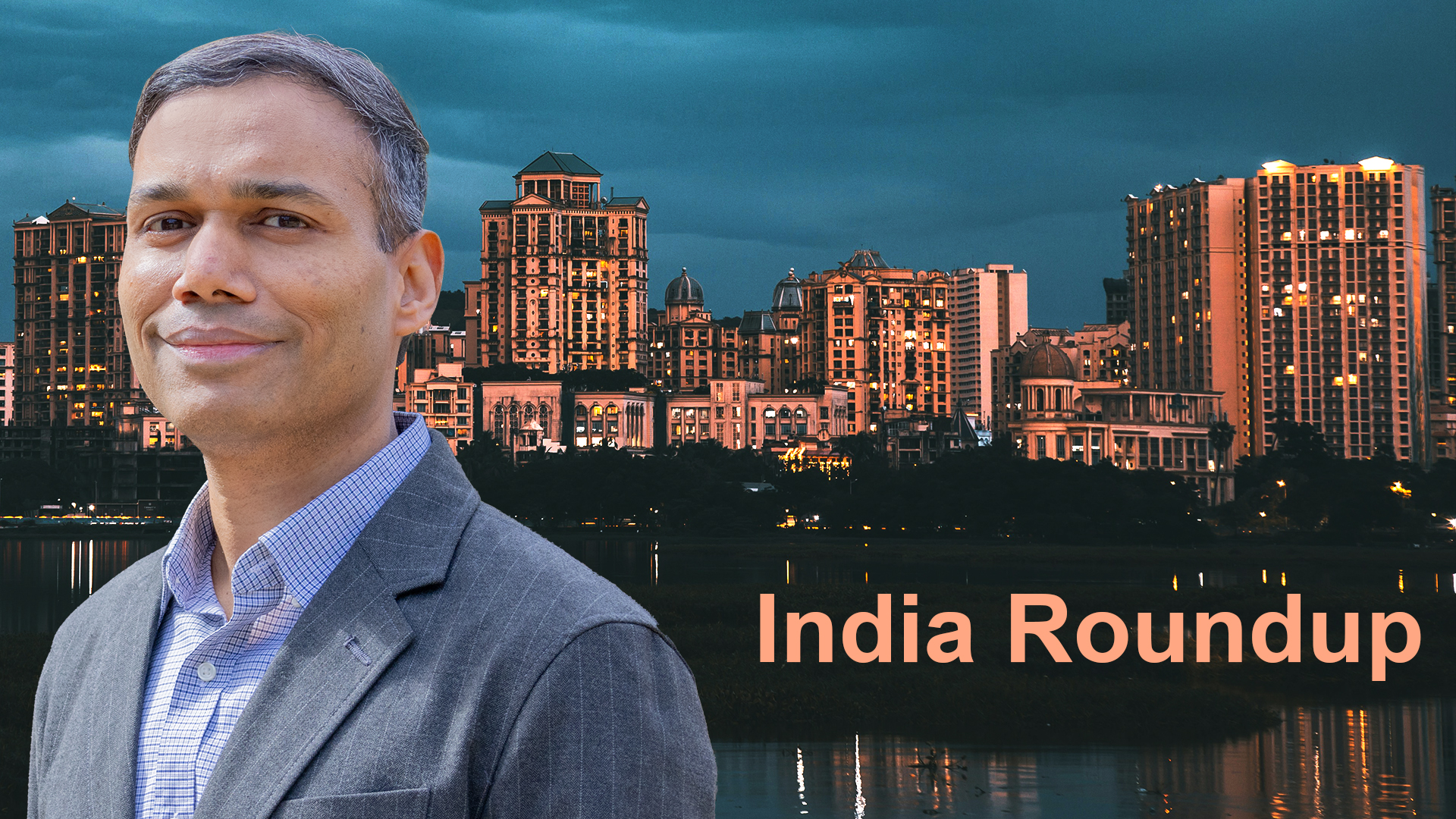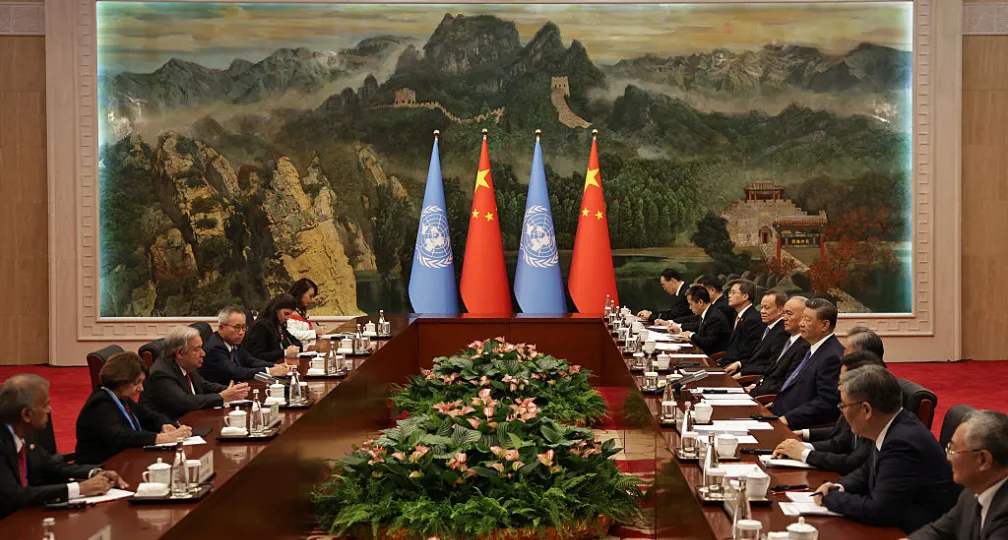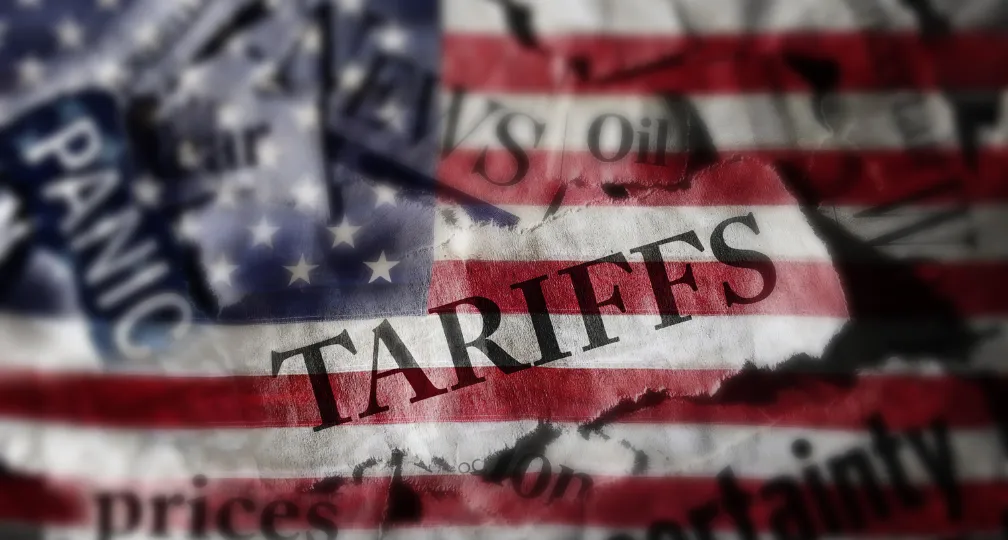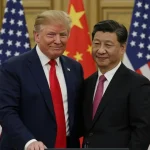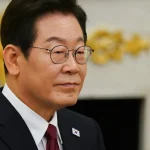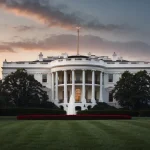China’s catch-22: Rapid growth with tight social control

A case in point is how the Chinese Communist Party (CCP) employs the United Front Work Department, an intricate network exerting control across society to maintain political stability and carry out the party's economic policies, including mobilizing the private sector to help reverse the stagnation that China currently finds itself in.
The concept of the “united front” dates back to the early 1920s, when it was formalized as a tactical framework for advancing global communist movements, and to this day is employed by the CCP to co-opt nonparty members to achieve specific political objectives.
The department covers five key areas: Relations between the CCP and other political parties, among different ethnic, religious and class groups, and between domestic and overseas Chinese (including from Hong Kong, Macao and Taiwan). It therefore oversees issues that are critical to domestic governance, including managing ethnic minorities such as the Uyghurs and Tibetans, aspects pertaining to Taiwan and Hong Kong and controlling religious groups.
Under Chinese leaders Xi Jinping, the united front policy has been further strengthened given the government's emphasis on controlling public opinion and a heightened sense of crisis around social diversification.
An expanded united front
Since China’s accession to the World Trade Organization in 2001, rapid economic development spurred an expansion of social structures and political thought, while the appeal of socialist ideology waned. This was compounded by the color revolutions of the 2000s in former Soviet states, which heightened successive CCP leaders’ mistrust of “Western ideological influence” and “internationally hostile forces.”
In addition, at the National Propaganda and Ideology Work Conference in 2013 — a few months after Xi took office — the CCP Central Committee underscored the need to strengthen “guidance and management of ideology,” leading to a swift clampdown on freedom of expression across China.
These changes led to the expansion of the United Front Work Department, whose focus areas increased gradually from eight in 1979 to 15 by 2006.
Recognizing changing domestic and international conditions, the department’s conferences introduced the concept of “united front work under new circumstances” and mobilized the entire party to strengthen such efforts.
In 2015, new regulations emphasized the party’s leadership over non-CCP members — hence, society at large — and the importance of engaging those belonging to so-called new social strata, including private and foreign business managers, employees of intermediary organizations and freelancers.
Further reforms in 2018 integrated key state organizations — offices charged with managing overseas Chinese as well as ethnic and religious affairs — under the United Front Work Department, further centralizing control.
The following year, the CCP expanded and intensified its strategy with the “great united front.” In 2022, Xi pointed to the united front’s growing importance, citing “accelerating global changes unseen in a century” and emphasizing the policy’s role in safeguarding sovereignty, security and national development. Domestically, Xi also highlighted its significance in strengthening the party’s class foundation and expanding its base amid profound social changes.
In its plenary session last July, the Central Committee reiterated the goal of advancing “Chinese-style modernization,” stressing the importance of improving united front work.
Chinese-style modernization
Under Xi, the united front policy is characterized by an emphasis on ideology, the inclusion of diverse stakeholders and institutionalization through organizational restructuring and legal frameworks — reflecting a heightened sense of crisis around the Communist Party’s waning influence.
Despite economic policies rolled out in late September, China’s real estate slump has stymied a rebound of consumer spending. Rising unemployment and stagnant wages have fueled widespread frustration and anxiety, with a surge in violent incidents signaling a decline in public security.
Against this backdrop, the push for a great united front appears to be an attempt to align Chinese society more closely with the party’s ideology and objectives. While the United Front Work Department cannot stop violent crime, it remains a powerful tool for shaping collective perceptions.
Another major objective since last year’s plenary session has been to strengthen the private sector. Addressing the economic imbalance often derided as “the state advances, the private sector retreats,” the CCP has highlighted the role of entrepreneurs, categorized as one of the new social strata.
Following the plenary session, a draft Private Economy Promotion Law was unveiled in October and on Nov. 7, a symposium in Beijing brought together prominent business figures. During the event, Politburo member and head of the United Front Work Department Shi Taifeng urged entrepreneurs to contribute to Chinese-style modernization, describing them as “a vital force in driving and participating in reform.”
This strategy is reminiscent of the party’s approach during the reform and opening-up era of the 1980s, when the concept of the patriotic united front was introduced. At the time, entrepreneurs were formally recognized as one of the united front’s ten targets, leading to their rehabilitation after the purges of the Cultural Revolution. In portraying economic activity as a patriotic act, the party mobilized private enterprise in support of its reforms.
Today, given expectations that long-term economic growth will slow down, the structural reforms needed to transition to a consumption-driven model remain unaddressed. The impression, therefore, is that Beijing is prioritizing social control over economic modernization, despite United Front Work being a tool for strengthening the party’s authority as well as boosting the private sector.
The inherent contradiction in Chinese politics — pursuing economic growth while tightening the screws of control — has become even more pronounced under Xi’s leadership, which has struggled to overcome economic stagnation. Moving forward, the degree to which private firms are allowed to compete with state-owned enterprises will serve as a key indicator of the administration’s commitment to true reform.
(Photo Credit: Xinhua/ Aflo)
[Note] This article was posted to the Japan Times on Apri 23, 2025:
https://www.japantimes.co.jp/commentary/2025/04/23/world/china-economic-growth-united-front/

Geoeconomic Briefing
Geoeconomic Briefing is a series featuring researchers at the IOG focused on Japan’s challenges in that field. It also provides analyses of the state of the world and trade risks, as well as technological and industrial structures (Editor-in-chief: Dr. Kazuto Suzuki, Director, Institute of Geoeconomics (IOG); Professor, The University of Tokyo).
Disclaimer: The opinions expressed in Geoeconomic Briefing do not necessarily reflect those of the International House of Japan, Asia Pacific Initiative (API), the Institute of Geoeconomics (IOG) or any other organizations to which the author belongs.
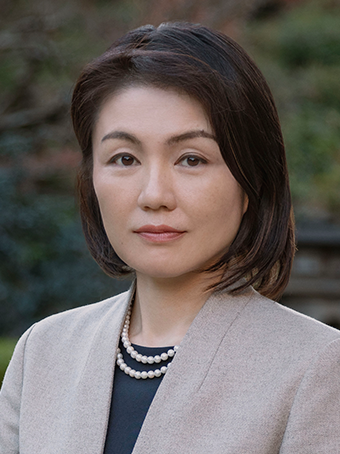

Senior Fellow & Group Head, China
ETO Naoko is Professor at the Department of Political Science, Gakushuin University. Her main research interests include contemporary Chinese politics, Japan-China relations and East Asian affairs. Before taking up her current position, she was an associate senior research fellow at the Institute of Developing Economies, Japan External Trade Organization (IDE-JETRO) and a research fellow at the Center for Area Studies, National Institutes for the Humanities (NIHU). She was also a visiting research fellow at the School of International Studies, Peking University and the East Asian Institute, Singapore National University. She holds an MA in international policy studies from Stanford University and a PhD in political science from Keio University. [Concurrent Position] Professor, Department of Political Science, Gakushuin University
View Profile-
 Japan-India Defense in a Fragmenting Indo-Pacific2025.12.10
Japan-India Defense in a Fragmenting Indo-Pacific2025.12.10 -
 The “Economic Security is National Security” Strategy2025.12.09
The “Economic Security is National Security” Strategy2025.12.09 -
 India - Japan: The Glimpse of a Shared Vision2025.12.05
India - Japan: The Glimpse of a Shared Vision2025.12.05 -
 Beijing’s ‘Globalist’ Agenda Under Trump 2.02025.12.01
Beijing’s ‘Globalist’ Agenda Under Trump 2.02025.12.01 -
 Trump’s Tariffs Might Be Here to Stay – No Matter Who’s in Power2025.11.28
Trump’s Tariffs Might Be Here to Stay – No Matter Who’s in Power2025.11.28
 Event Report: The Trump Tariffs and Their Impact on the Japanese Economy2025.11.25
Event Report: The Trump Tariffs and Their Impact on the Japanese Economy2025.11.25 The Real Significance of Trump’s Asia Trip2025.11.14
The Real Significance of Trump’s Asia Trip2025.11.14 The long road to a South Korea-U.S. trade deal2025.11.26
The long road to a South Korea-U.S. trade deal2025.11.26 The “Economic Security is National Security” Strategy2025.12.09
The “Economic Security is National Security” Strategy2025.12.09 India’s Structural Reforms: Opportunities and Risks2025.11.14
India’s Structural Reforms: Opportunities and Risks2025.11.14




